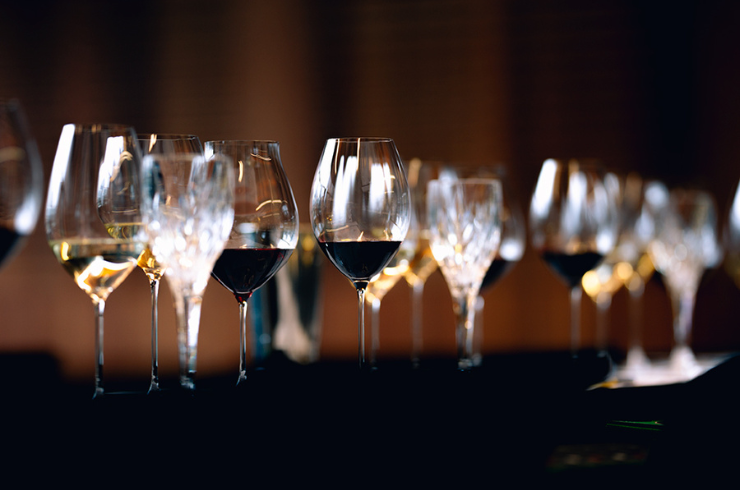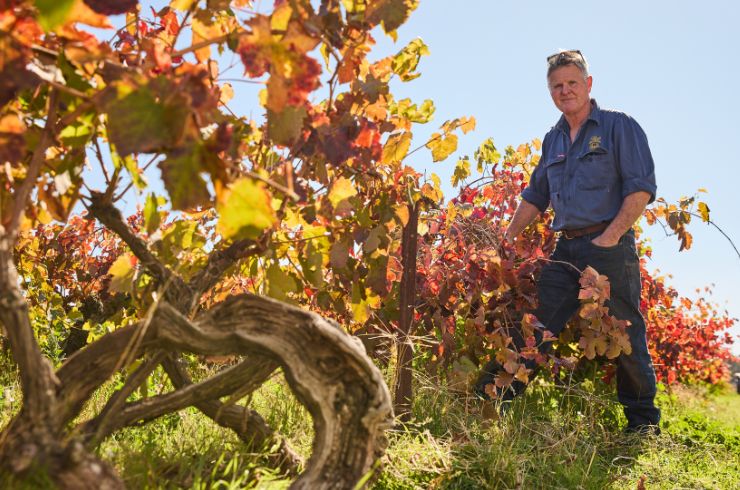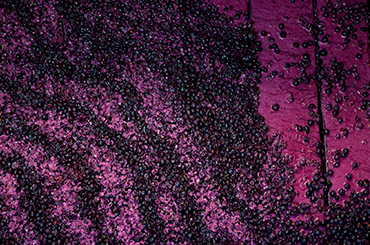Sangiovese, montepulciano, barbera, nero d’Avola, nebbiolo, dolcetto, and zinfandel are just some of the hundreds of varieties that hail from Italy. Australia, in particular South Australia and Victoria, is home to some of the most well-suited regions for growing Italian-style reds. We spoke to Adrian Santolin, Alex McKay, and Stephen Henschke about making Italian reds in Australia and exactly what they love about their preferred varietal.
Adrian Santolin – Santolin Wines, Yarra Valley VIC
H. What do you love about blending nero d’Avola and negroamaro?
A. Nero d’Avola and negroamaro are perfectly suited to the warmer Australian climate, producing super juicy, fleshy wines. When the two are blended together, they create a full-flavoured wine with great complexity and length. I think we might be the only producers in the country creating a nero d’Avola and negroamaro blend – the nero brings dark fruits, spice and subtle floral notes, and the negroamaro adds complex tannins, colour and weight. This wine, the Il Capo, embodies everything we love about Italian reds.
H. How do you approach the winemaking process?
A. My Italian heritage definitely inspired my interest in Italian varieties; they’re extremely well suited to the Australian climate and I believe they're our future. We first made this wine in 2016 as a predominant nero d’Avola blend, since then, it has continued to evolve. The varieties may change slightly each year, which is why we don't list them on the front label. This allows me to continue to explore new and interesting blends to create the ultimate Italian experience.
H. How is the Il Capo best enjoyed?
A. This wine is delicious, soft and juicy, full-flavoured and complex. It's an 'anytime wine', best paired with family and friends and lots of delicious Italian food: homemade pizzas cooked in a wood-fired oven, garlic ciabatta, pasta, pasta and more pasta. Il Capo translates to 'the boss’ and that’s exactly what this wine is – it’s boldly unique.
Alex McKay – Collector Wines, Canberra District NSW
H. What do you love about sangiovese?
A. I love the structure and the moreishness of sangiovese – it’s not cloying or overbearing. Great sangiovese has a noticeably structured and tight palate, with fine grained tannins that encourage you to have another sip. In Canberra we get a medium-weighted, elegant expression of sangiovese. There’s a brightness and zing that comes from the characteristic of fresh cherries. The palate has firm(ish) tannins and peach kernel succulence.
H. How do you approach the winemaking process?
A. My interests in Italian varieties and winemaking methods were sparked as a student. After working vintages in Italy I came away inspired by traditional techniques – to encourage more air into the winemaking process, winemakers press the wines harder – and revel in the bitterness from some of the grape varieties. I was also fortunate to work with some fantastic growers in the Canberra region who were ready to push the boundaries. After a few years we had a mix of sangiovese clones and small quantities of traditional Chianti varieties (canaiolo nero, mammolo, colorino, and malvasia nera) planted in the region, on the two main soil types of red loam over shale and granite (the breadth of this resource is quite important to us). My vision has always been to make a wine that is faithful to the sangiovese variety. To me, the most compelling styles retain that medium-weight, elegant expression. We also include tiny quantities of those traditional Chianti varieties in the final blend.
H. How is the Rose Red City best enjoyed?
A. Sangiovese does take a little while to settle down and really blossom in the bottle. It sits so well with food. I really like it with T-bone steak, the savouriness matches most kinds of chargrill, but you can’t get much better than pizza and sangiovese. I expect our wines to start looking approachable from two years and onwards, I'd age good vintages of this wine for 15-20 years.
Stephen Henschke – Henschke, Eden Valley SA
H. What do you love about nebbiolo?
S. Nebbiolo is lighter in colour with surprising flavour intensity, fragrant rosehip and herb aromas with a long and delicious savoury palate and distinctive tannins. I love how well nebbiolo accompanies food. My wife Prue and I discovered more about the variety on trips to Piedmonte where we spent time working in a cellar during vintage and we just fell in love with the subtlety and complexity of the wines – they are the perfect pairing for truffle and pasta dishes from the region.
H. How do you approach the winemaking process?
S. We stay authentic to our grape growing and winemaking philosophy in the Eden Valley. Our nebbiolo is grown with organic and biodynamic practices on a rocky, north-facing slope, and with lower yields we can achieve good concentration of flavour. We taste for tannin maturity and balance of acidity in the fruit before picking, we then vinify using traditional open-top fermentation. Finally, we leave the wine on skins post-fermentation for up to three or four months to build the texture and chalky tannins. The Rose Grower is one of the only nebbiolo wines produced in the Eden Valley region, planted in 2002 – first produced from the 2010 vintage – the 2018 vintage is our eighth release.
H. How is The Rose Grower best enjoyed?
S. Serve nebbiolo at a cool cellar temperature (around 15°C); double decant before serving in a varietal-specific (nebbiolo or pinot noir) glass, the wider bowl is perfect for lighter-bodied, delicate red wines. The ideal food pairings would have to be Italian food: pasta dishes, using truffle for extra decadence; wood-fired pizza; antipasto platters.
This article was produced by Halliday Wine Companion in partnership with the featured wineries.
Top image credit: Dragan Radocaj (Henschke)
Latest Articles
-
Travel
Three unique restaurants to book a table at this Easter – each located within a Victorian wine region
1 day ago -
From the tasting team
Oxygen in winemaking – friend or foe?
1 day ago -
News
The importance of glassware
2 days ago -
News
Best’s is releasing its much-anticipated 2020 Thomson Family Shiraz this May
8 Apr 2025
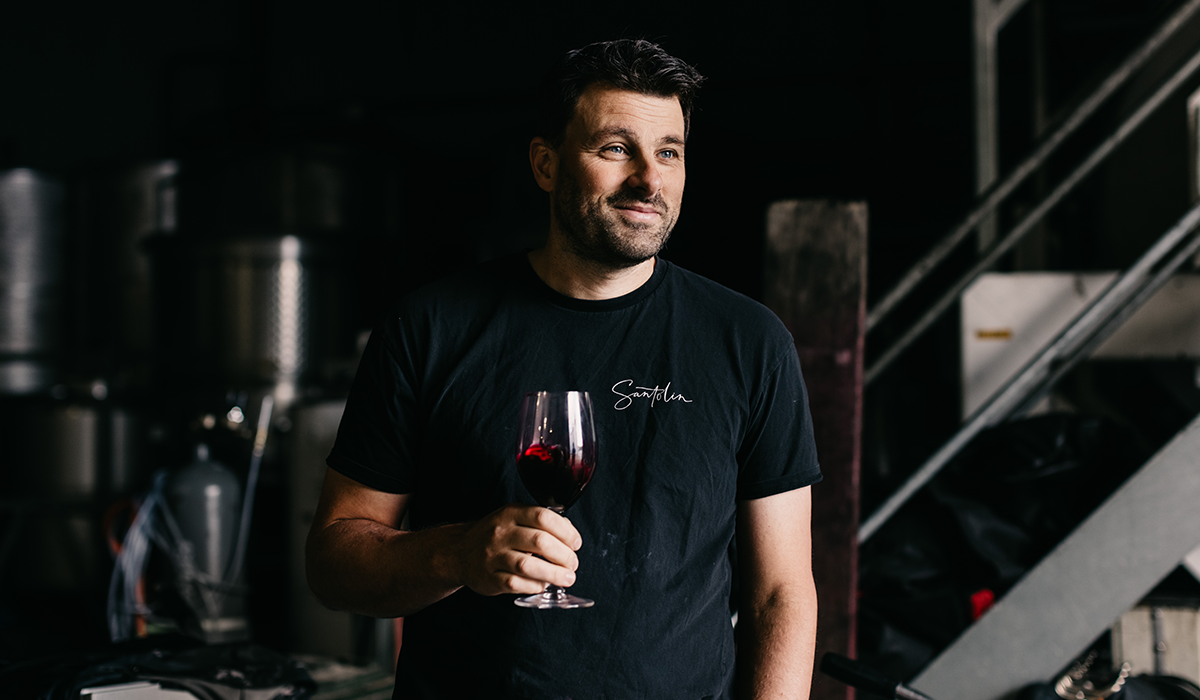

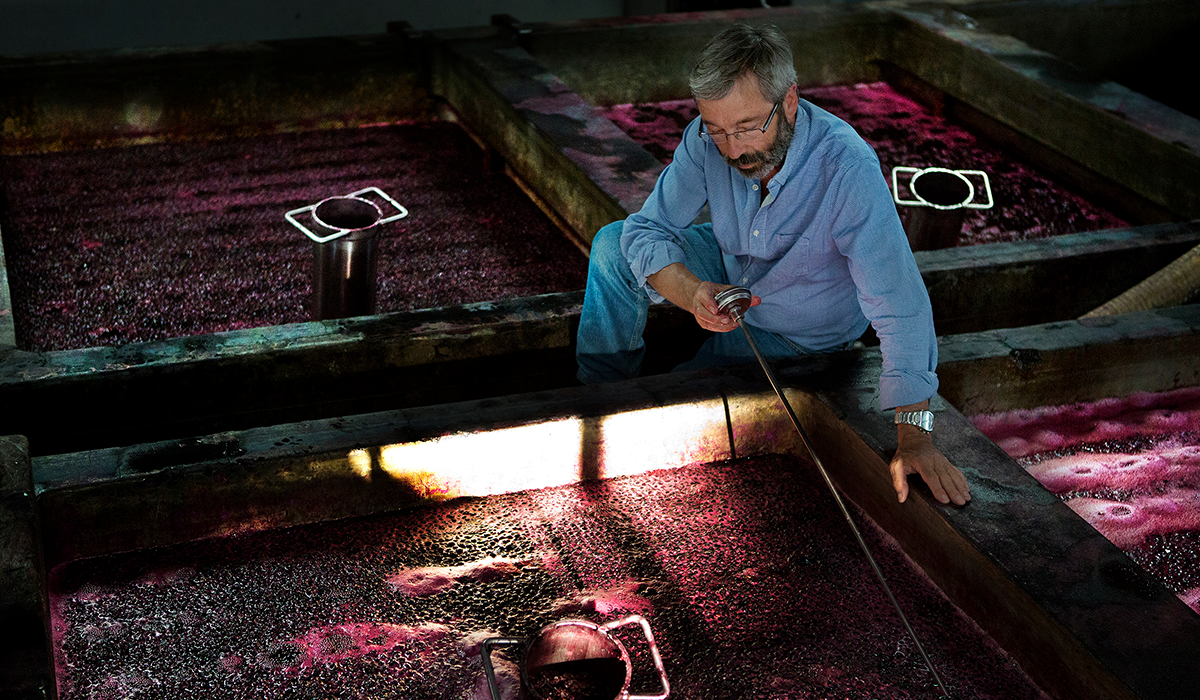

/oxidative-wine-tile.ashx)
